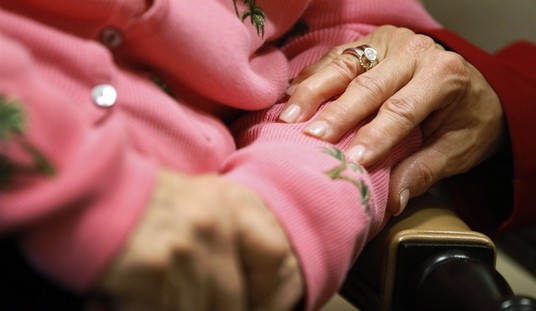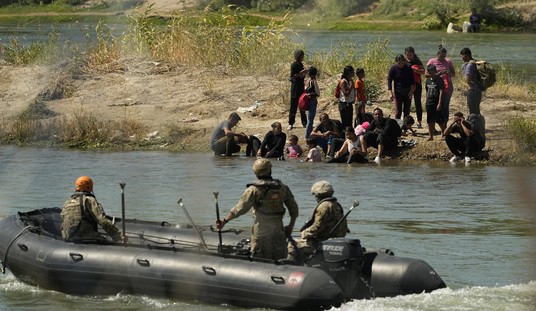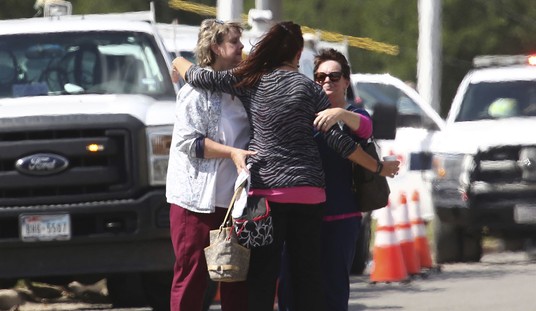
Last weekend, we learned that the DOJ Inspector General’s investigators had discovered that FBI lawyer Kevin Clinesmith had altered documents used to support two of the FBI’s applications to the FISA Court for the warrants to spy on Trump campaign foreign policy advisor Carter Page. IG Michael Horowitz has since referred Clinesmith for criminal prosecution and he resigned from the FBI in September.
For obvious reasons, the media minimized his importance and presented Clinesmith as a low-level FBI lawyer. The reality is that he was a member of the Hillary Clinton email investigation team (Midyear Exam). According to DOJ Inspector General Michael Horowitz’ June 2018 Report (on various actions by the FBI and DOJ in advance of the 2016 election) which can be viewed here, he played a far larger role in the FBI’s counterintelligence investigation of the Trump campaign (Crossfire Hurricane). The report states Clinesmith was the “the primary FBI attorney assigned to that investigation beginning in early 2017.” He then joined Robert Mueller’s investigation team and was dismissed in February 2018 after his anti-Trump text messages had been revealed.
Below is an excerpt from the report. The IG was somewhat concerned about the bias of FBI Attorney 2, but apparently not enough to view it as a threat to the outcome of the investigation.
On page 416, the report shows text messages Clinesmith sent on October 28, 2016 to several FBI colleagues he “considered to be his friends.” These were sent shortly after Comey announced the reopening of Midyear Exam. But perhaps more significantly, they occurred just after the FBI had submitted the first application to the FISA Court.

On November 9, 2016, the day after Hillary Clinton’s shocking defeat, Clinesmith commiserates with another FBI employee. She is not identified in the report. But The Epoch Times’ Jeff Carlson writes that he is texting with “Sally Moyer, a unit chief at the Office of General Counsel, who was also known as Attorney 1 in the IG report.” They are both depressed about Clinton’s loss. Clinesmith writes, “I am so stressed about what I could have done differently.” I wonder what he means by that. If only he’d altered more documents? Falsified a few additional records?


Carlson explains that “”Woods files,” which provide facts supporting allegations made in a FISA application, are attached to every application and are provided by the originating FBI agent in each case.”
A government agency must show the FISA Court solid evidence in order to obtain a FISA warrant. In his testimony before Congress in October 2018, top FBI lawyer James Baker told lawmakers that a FISA warrant allows them to use “a set of highly intrusive surveillance techniques to provide the FBI with foreign intelligence information.”
Lawmakers asked Baker why the FBI failed to disclose Christopher Steele’s political biases to the FISA Court. He replied:
This fact should have been vetted during lower levels of preparation. So the people filing the FISA application and the people who checked the Woods file to verify that the way this works is that they would not have had any information that was derogatory about Source #1 at the time that this was submitted.
That there might exist in the files of the FBI or in somebody’s memory some interaction that might be derogatory and that it didn’t make it into the files, I don’t know that that happened or didn’t happen. That kind of thing in theory, in theory could happen. So, but the people responsible for this FISA should have believed that that was accurate at the time and should have had documentation to support that assertion.
In her testimony before Congress, Sally Moyer told lawmakers that “only the originating agent and the supervisory special agent in the field actually look at the Woods file during the preparation of a FISA application”
Somers: “So you don’t — do you review the Woods’ file?”
Moyer: “No.”
Somers: “Did you review the Woods’ file in the Carter Page application?”
Moyer: “No. The person that’s signing the application is relying on the individuals who have signed the Woods form that they have the Woods file. These individuals would be the case agent and the supervisory special agent in the field.”
Somers: “Okay. So beyond the case agent, who looks at a Woods’ file?”
Moyer: “The supervisory special agent in the field.”
Somers: “In the field. But no one else out of the field of that chain looks at a Woods’ file in general?”
Moyer: “That is correct, except both of those individuals sign the Woods’ form indicating that the facts are true and accurate and that they have documents to support those facts. In some cases, the supervisory special agent at FBI headquarters who is signing off on an application might choose to review the Woods file, but that it wasn’t done for the Page FISA.”
Somers: “Do you know if that happened in the case of Carter Page?”
Moyer: “I don’t think it did in this case.”
There you go. Carlson explains that Moyer’s testimony shows that aside from “the case agent and the field agent, no one, including Clinesmith, even looked at the Woods files. Furthermore, the change to the email by Clinesmith was reported to be of significance to the FISA renewal.”
The New York Times tells us that Clinesmith’s document alterations made no difference in the FISA Court’s decision to renew the Carter Page warrant, but maybe we’ll just wait until the report is released on December 9th, just to be sure.














Join the conversation as a VIP Member